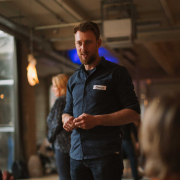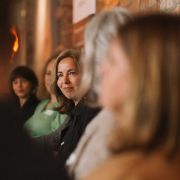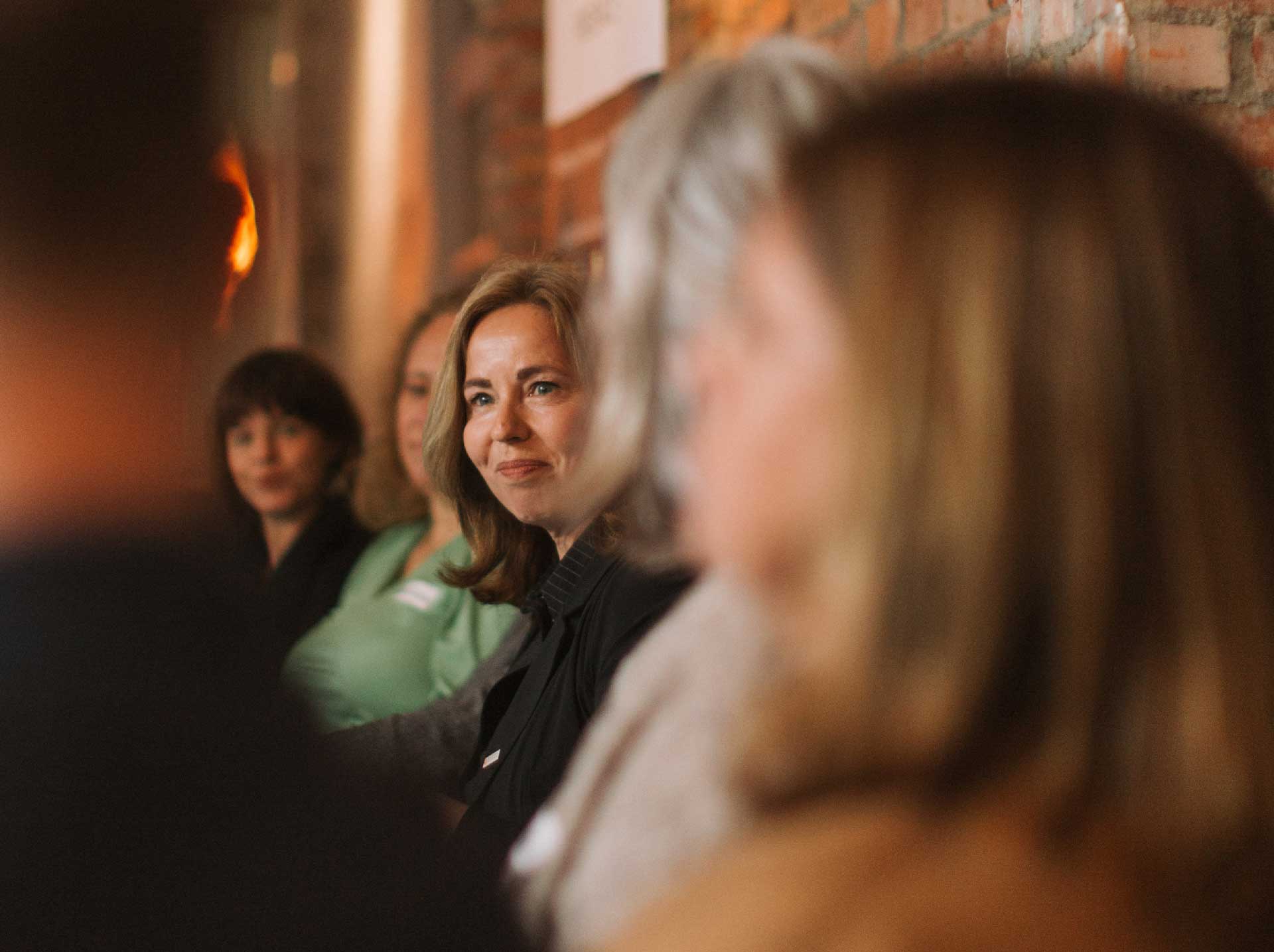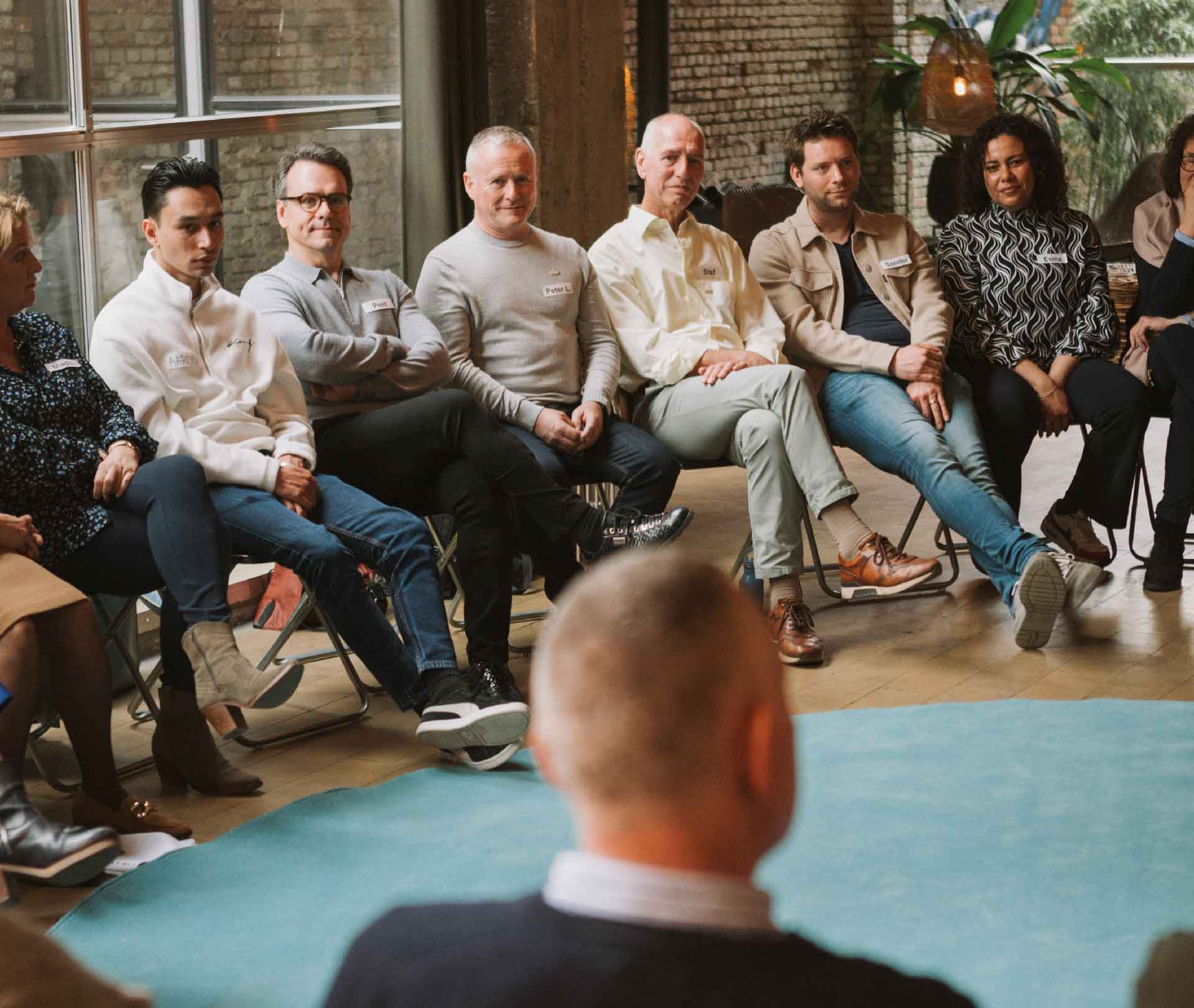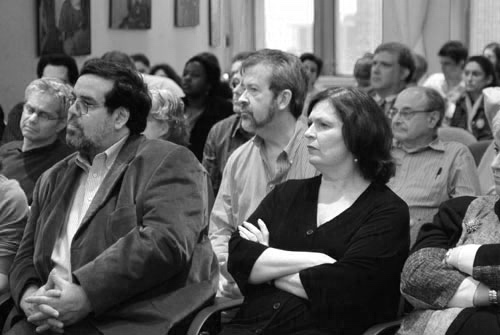
Click here to watch this recording on Vimeo
What is Relational Presence? How is it possible that something so simple can not be explained until it is experienced?
A composition of quotes from Relational Presence Facilitators from Belgium and the Netherlands.
Hereby a translation of the transcript:
Stef de Beurs – about the threat of public speaking
It was a pure necessity. It was so that I had the threat of getting in front of a group and that threat alone was enough to “help, help, what am I going to do?”
Rian Verstrepen – about fear
One-on-one was okay, but if I had to tell something in front of a group, whatever it was or a speech at school or to introduce myself, then I would instantly become deaf, blind and dumb. And then I just had to wait and see.
Jennet Burghard – about not being aware
I was always so preoccupied with content, always preparing myself so well for everything and I was so trained in tricks, but I wasn’t really there. So it was performing, and not really connecting. Not showing myself. And I was unaware of that.
Rudolph Huizinga – about finding the solution
I was tipped by someone to come to a meeting in which the work of what we now call relational presence was presented. And within 10 minutes I knew what was the key to solving my problem: connection.
Paul Naveau – about focusing on your audience
The effect of Relational Presence is that your audience really feels engaged. Instead of a presentation where you are just sending your content. It becomes more of a conversation. And you’re still the one delivering the message. But it’s really much more a dialogue, even though it doesn’t necessarily involve a lot of talking back and forth.
Danique Thuis – about being seen and heard
I think the magic was, what I really realized at that moment, people don’t really see and hear each other anymore. And that day it was suddenly like a bubble where that was truly happening. It released so much in people. I thought yes, this is the core: everyone just wants to be seen and heard in their essence.
Rian Verstrepen – about being present
Relational Presence helped me to go from my head to my heart in contact with others, without constantly worrying about what I was saying, whether it came across well, whether it was right.
Jennet Burghard – about creating safety
People often describe me as a good listener. I think they feel seen by me and safe. They often describe that (in my work as a trainer) as ‘what a safe group, never been in such a safe group’. And I know it’s the methodology at work, and how I am that. How it arises and is.
Stef de Beurs – about speaking in the moment
An example. I notice that I voluntarily offer to speak at a funeral of a client which I’ve known for 25 years to say something in the auditorium. And I only had two little words as an entrance and I didn’t have anything on paper. I went by just standing up and being present. And that was already fifteen years ago. It has brought me a lot.
Caroline Peet – about inner peace
I have that inner peace, I know where to find it. Yes, and apparently I then invite the other person to find their own peace as well.
Ardie Nooijen – about being yourself
I think every human being benefits from knowing and being themselves. And that it helps if you are okay with who you are. Relational Presence has helped me in that.
Hilde De Voghel – about happiness
Relational Presence, actually it is just instant happiness. Instant happiness.
Ready to experience this for yourself?
Check the calendar, where you can find live and online trainings offered by Relational Presence Facilitators. Or contact a Facilitator in your country to start a conversation about being fully present and connected with self and others.


